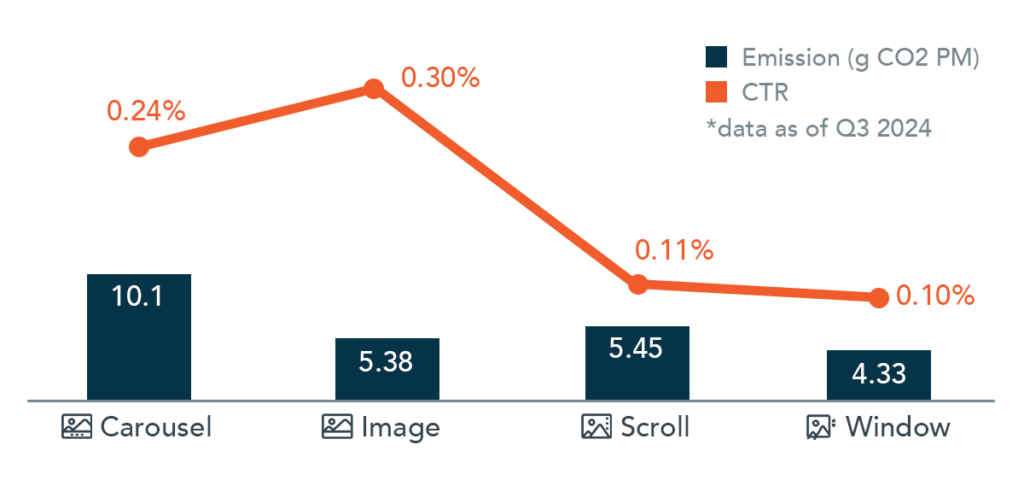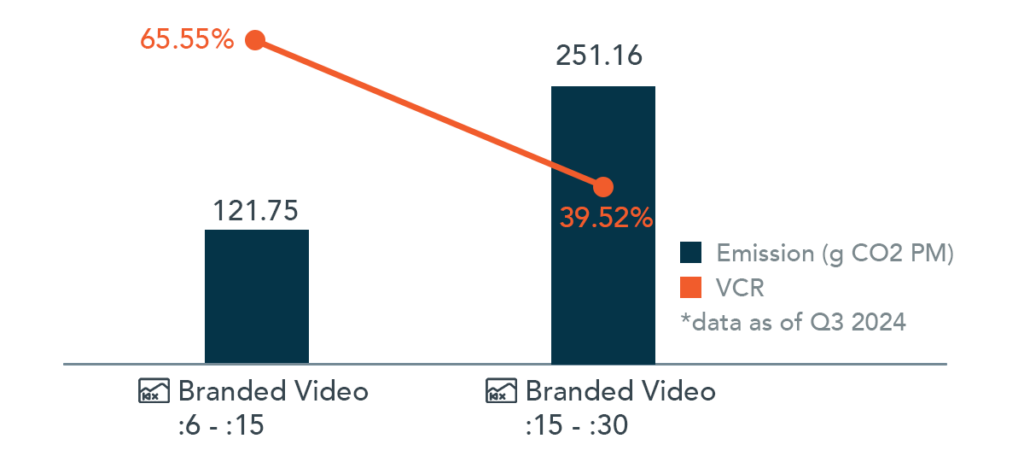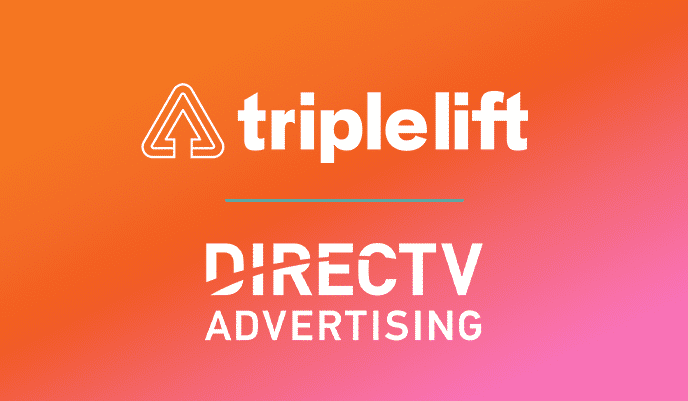Authored by: Emma Sainsbury, Research Coordinator, and Kate Fiala, Director, Business Development
Global warming is a problem widely known, and now more than ever companies are being held accountable for their contribution to the increase in greenhouse gasses. Internet usage generates 4% of greenhouse gas emissions – more than the entire aviation industry.
Greenhouse gasses create insulation around the planet and the heat that should be released into the atmosphere is instead redirected back onto the surface of Earth, creating global warming.
The amount of carbon in the atmosphere has increased by 50% in the last 200 years which has caused the global temperature on Earth to rise 2℉.
The increased temperature of the planet will lead to environmental and weather changes resulting in frequent heat waves and longer periods of drought. Crops and livestock will suffer, which will not only affect available jobs but also decrease the quality of food being produced. As jobs and quality of food decrease, people will experience poverty and displacement which will enhance health risks driven by poor air quality.
While most of us are familiar with how fossil fuel usage in planes, cars, and homes contributes to this environmental crisis, an example of carbon production that people are less aware of is internet usage. Electronics require energy to charge the battery, but devices are also connected to a server. Somewhere in the world, there is a physical server sitting on a plot of land that holds all data and information. Servers require electricity to run, and as they work they begin to heat up, which means they require a temperature-controlled environment that utilizes additional energy. As people scroll social media, click through tabs on a website, or share files, requests are sent to the servers that utilize power to generate the media being consumed.
As we consider the impact our device usage has on the environment it’s important to be mindful of the day-to-day emissions we generate and make efforts to reduce carbon emissions where we can. The steps TripleLift is taking towards sustainability start with partnering with Scope3, a measurement vendor that identifies carbon emissions linked to advertising and helps advertisers reduce their carbon impact. Scope3 measures the amount of carbon dioxide being produced by TripeLift’s ad formats in grams. How can we understand what 1 gram of carbon means?

Small changes that would make a big impact
- Measure company carbon emissions in order to optimize towards a low-energy strategy, then offset unavoidable emissions through high-quality carbon removal projects.
- Prioritize partnerships with companies that take steps to reduce their carbon footprint, and use servers powered by renewable energy sources such as solar or wind.
- Select ad formats that take into account emissions, as well as campaign objectives to make an informed decision about what’s best for both the environment and your campaign needs.
How TripleLift keeps performance up, and emissions down
Through the partnership with Scope3, TripleLift transparently analyzes emissions generated by each format and stacks the emissions against key performance indicators. This helps to find the balance between emissions and performance in order to meet campaign needs.

This chart shows verified ad formats, the amount of carbon produced per 1,000 impressions, and their clickthrough rate. If CTR is the primary KPI, Native Image is a great solution! But if an advertiser wants to reduce carbon emissions as much as possible, a unit such as Native Window or Scroll would work.

Branded videos between 6 and 15 seconds produce less carbon than 15-30-second creatives while achieving the highest video completion rate. For conveying brand messaging, longer videos are effective; however, to reduce emissions and maximize VCR 6-15 second videos are ideal.
The data above highlights the emissions produced when formats are run on mobile devices, but it’s also worth noting that running formats on desktop will always generate more emissions than running on mobile.
Sustainability at TripleLift
Through our partnership with Scope3, TripleLift is proud to offer Green Media Products, including optional opt-in Carbon Compensation. Green Media Products are low-emission packages that eliminate climate risk from media buys including inventory with extremely high emissions when compared to geo and channel benchmarks, as well as low value inventory. Carbon Compensation refers to a one-to-one investment in projects that sequester or prevent greenhouse gasses from being emitted.
TripleLift’s GREEN curated deal leverages TripleLift Audiences publisher first-party data to help advertisers reach audiences interested in sustainability, green initiatives, and environmental services. Pairing GREEN curated deals with Scope3’s Green Media Products delivers environmental messaging across sustainable inventory.
Global warming affects everyone and the solutions may seem daunting, but at TripleLift there are solutions that don’t compromise the success of campaigns in order to do what’s right by the environment.
Contact sales@triplelift.com to start your path to sustainable advertising today.





